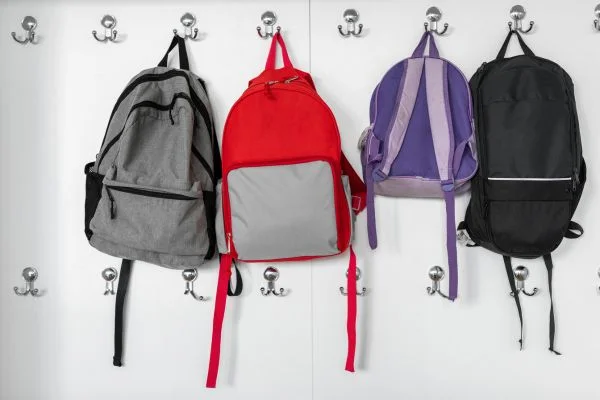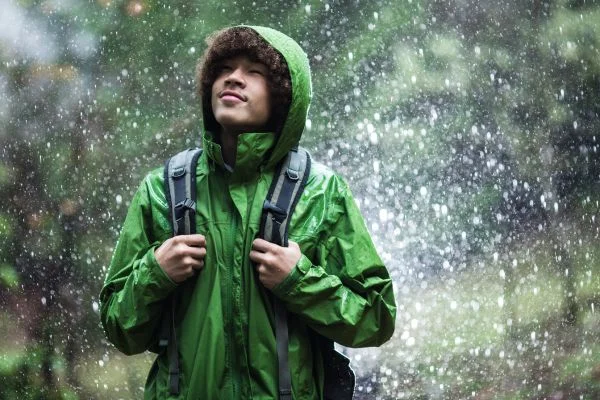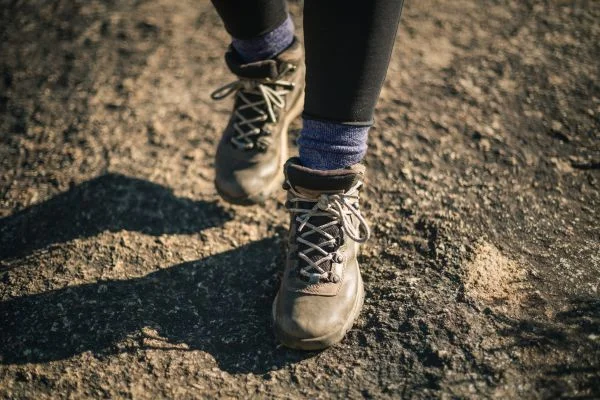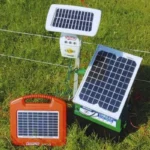Pack A Hiking Backpack for your next adventure, and you will be prepared for any situation! Whether you’re going out on a day hike, an overnight camping trip, or a week-long excursion, the right hiking backpack can make all the difference. With plenty of compartments and straps to keep everything organized, it provides comfort and convenience you won’t get with other gear. It also helps distribute weight evenly across your body so that you don’t feel weighed down no matter how far you go.
Plus, there are many different sizes and styles to choose from – so you can find one that fits your needs perfectly! So if you’re ready for a great outdoor experience, grab a hiking backpack and get out there!
Essential To Backpack
Packing is prioritizing your needs. Start by packing the items that are most important for you to have on hand and work your way down the list.
Be sure to leave plenty of space in your backpack for food, water, and other necessities you may need along the way. Also, consider bringing a waterproof cover to protect your gear from rain or snow.
Remember that comfort is critical when selecting a hiking backpack – ensure it’s lightweight and well-padded to enjoy your outdoor adventures!
With the right backpack, nothing stops you from enjoying all that nature has to offer! So, pack up a hiking backpack and prepare for a unique outdoor experience.
How to Pack A Hiking Backpack?
Packing your backpack for a hiking trip is like solving a puzzle! Follow this guide to ensure you have everything you need in your backpack and it’s comfortable to wear.
“Step-by-step guide”
Step#1. Choosing the Right Backpack

Select a backpack that fits your body size and the length of your trip. Packs of 30-50 liters are ideal for day hikes, while bags of 50-70 liters are ideal for weekend getaways. A 70-liter pack may be needed for longer treks. Your backpack should fit snugly on your shoulders and have adjustable straps.
Read more about How To Pack A Backpack?
Step#2. Gathering Essentials
Take your hiking essentials like a map, compass, first aid kit, and multi-tool with you. Place them in the top pocket of your bag or in one of the compartments that is easily accessible. Having these items is like having a safety net while hiking!
Step#3. Packing Clothing
To prevent wrinkles and save space, roll up your clothes. Shirts and underwear should be packed on top. It is also a good idea to bring an extra set of clothes in case of unexpected weather changes.
Step#4. Organizing Gear
Prepare your gear according to the frequency with which you will need it. It is best to place items like tents, sleeping bags, and cooking gear at the bottom of your luggage. A side pocket or top compartment is a good place to keep items you will need during the day, such as snacks and a water bottle.
Step#5. Food and Snacks
Bring light, high-energy snacks such as trail mix and energy bars. Organize them in a pocket or place where they are easily accessible. Hikers who are well-fed are happy hikers!
Step#6. Hydration Supplies
Water bladders and bottles can be kept in a side pocket for easy access. Drink plenty of water throughout the trip to stay hydrated.
Step#7. Rain and Cold Weather Gear

Even if the forecast calls for sunny skies, pack rain gear such as a waterproof jacket and pants. The weather can change quickly! Warm gloves and a hat are essentials for chilly weather.
Step#8. Toiletries and Personal Items
Packaging travel-sized toiletries, a small towel, and hand sanitizer is essential. You should pack them in a zip-lock bag in order to prevent leaks. Take sunblock and insect repellent with you!
Step#9. Sleeping Comfortably
At the bottom, you should place your sleeping bag and sleeping pad. In the event that they are too big, strap them outside. It’s a treasure to sleep well after hiking.It’s a treasure to sleep well after hiking. The straps of your backpack should be adjusted so that weight is evenly distributed. Let your hips carry most of the weight by tightening your hip belt. It saves your shoulders from strain.
Step#10. Final Check
Check the trail one last time before heading out. Were your essentials packed? Has everything been secured? Be sure you’re ready by taking a moment to check.
What to Pack A Hiking Backpack for a Day Trip? 9 essential things
Planning a hiking trip requires having the right gear in your bag. Let’s look at what you should pack to ensure a comfortable and safe journey.
Step#1. Essentials
There are a few things you should always leave home with. Choose a backpack that fits well so your shoulders won’t be strained. For emergencies, bring a fully charged cell phone and a map, compass, GPS device, and a fully charged compass. Take a small first aid kit and your ID with you in case of unexpected bumps and scrapes.
Step#2. Hydration and Nutrition
It is crucial to stay hydrated and energized. If your hike is longer, consider bringing a hydration reservoir. Maintain your stamina by snacking on high-energy foods like trail mix, energy bars, and fruits. During your hike, you can also enjoy a portable, lightweight lunch. Packing a hiking backpack is very easy, but some people confuse how to pack a hiking backpack.
Step#3. Weather-Appropriate Clothing
Base layers should wick moisture, insulating layers should keep you warm, and an outer layer should shield you from the elements. Wear a wide-brimmed hat, sunglasses, and sunscreen to keep your feet dry and comfortable.
Step#4. Footwear

Good ankle support is essential when wearing hiking boots. Prevent blisters by breaking them in before hiking. Prevent blisters by breaking them in before hiking. It is equally important to wear the right socks to prevent friction and moisture buildup.
Read more about Are Timberlands Hiking Boots?
Step#5. Navigation Tools
Bring a map and compass even if you’re using a GPS device. If technology fails, these simple tools can save your life.
Step#6. Sun and Bug Protection
Use sunscreen, lip balm to protect yourself from the sun, and insect repellent to keep bugs at bay. Hand sanitizer is also handy for keeping hands clean.
Step#7. Emergency Supplies
Take a whistle with you for signaling help, a pocketknife or multitool, as well as an extra battery for your flashlight. In unexpected situations, these tools can prove invaluable.
Step#8. Personal Comfort
Keep a small roll of toilet paper and a trowel whenever nature calls. A lightweight, packable seat cushion can also provide much-needed comfort during rest breaks.
Read more about How To Hang Towels On Towel Rail?
Step#9. Optional Extras
Take along a camera to capture the stunning views, binoculars for wildlife spotting, and a trekking pole for added stability.
Final words on Pack a hiking backpack
A hiking backpack is essential for any outdoor adventure. It helps evenly distribute weight across your body and provides plenty of compartments and straps to keep everything organized. With the right backpack, you can enjoy nature like never before! Just remember to pack all your essentials first, make sure it’s comfortable and lightweight, protect against inclement weather, and finish packing with extra items such as a camera or binoculars. So don’t forget – grab a hiking backpack and prepare for an unforgettable experience! Happy hiking!



